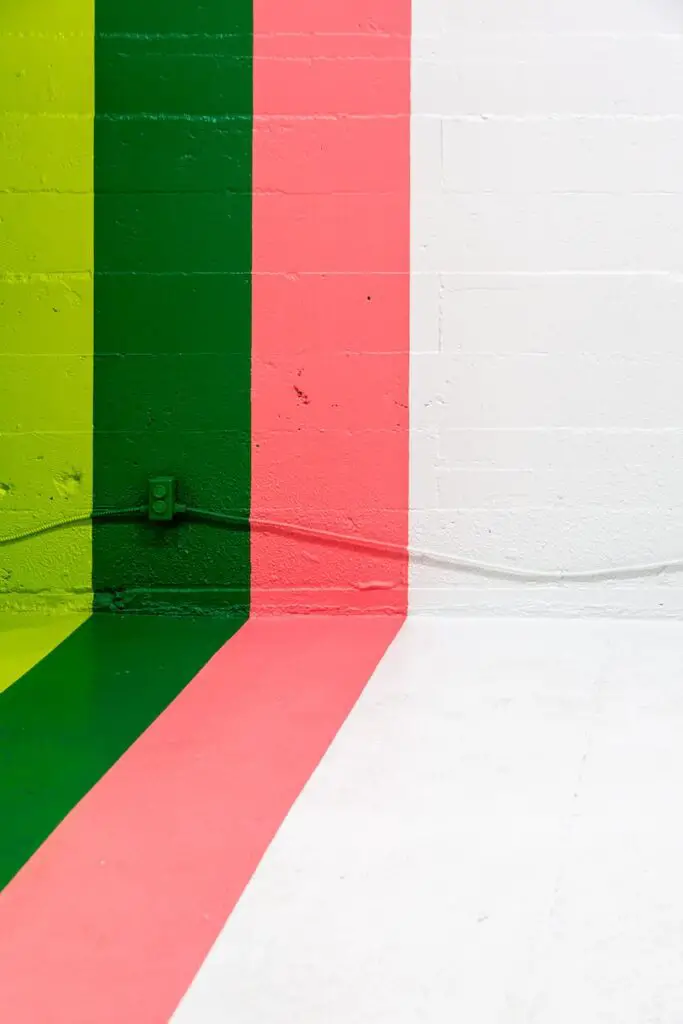Studies showed that children with autism preferred to look at a picture with certain colours. However, children on the spectrum have been shown to prefer different colours depending on their age and ability level. For example, young children with autism tend to prefer red over other colours like black, white or gray.
They may also be attracted to bright colours, but they don’t particularly like them. Children with autism spectrum disorder (ASD) tend to have a preference for order and structure in their environment, which can make it hard for them to adapt to change to look at colours with high contrast. For example, children with autism prefer to look at a red dot on a white background versus a green dot on the same background. The reason for this is that it is easier to see the red and white contrast than it is to see the green and white contrast colours that are bright, bold and high in contrast.
Many studies explore how children with Autism react to colour. there are many studies that have explored colour preference in individuals with autism spectrum disorder (ASD). The study “Atypical Color Preference in Children with Autism Spectrum Disorder” found that children with autism are more likely to prefer green and brown colors.
Most studies’ findings indicate no specific better colours for children with Autism. For example, the study “Color Discrimination and Preference in Autism Spectrum Disorder” found that colour preferences in the ASD group are not significantly different, ie did not find that any particular colour was “better” for children with autism spectrum disorder (ASD).
Here are three studies that explored color preference in children with Autism:
The study aimed to investigate whether color perception is atypical in children with autism. In the first experiment, the accuracy of color memory and search was compared between children with autism and typically developing children matched on age and non-verbal cognitive ability. The results showed that children with autism were significantly less accurate at color memory and search than controls. In the second experiment, chromatic discrimination and categorical perception of color were assessed using a target detection task. The study found that children with autism were less accurate than controls at detecting chromatic targets when presented on chromatic backgrounds, although they were equally as fast when target detection was accurate. The strength of categorical perception of color did not differ between the two groups. The authors discuss the implications of their findings for theories on perceptual development in autism.
This study aimed to investigate color preference in children with Autism Spectrum Disorder (ASD). The researchers found that boys with ASD were less likely to prefer yellow and more likely to prefer green and brown colors compared to typically developing boys. The study suggests that this atypical color preference in children with ASD may be caused by hyper-sensation, which is characteristic of the disorder, and may cause them to perceive yellow as sensory-overloading. The study also discusses previous research on color perception in children with ASD, including anecdotal evidence of color obsession with green and experimental studies showing enhanced sensitivity to colored stimuli. Overall, the study provides insight into the sensory processing differences in children with ASD and highlights the need for further research in this area.
The article discusses the use of colored overlays to enhance visual perceptual performance in children with Autism Spectrum Disorder (ASD). The study suggests that individuals with ASD commonly experience visual processing abnormalities, including hypersensitivity to lights and colors, and visual distortions. These difficulties may be remediated by the use of colored spectacles, optimally colored lights, or transparent colored overlays. The study also discusses two theories that attempt to explain the mechanisms underlying the beneficial effects of colored filters on reading, the magnocellular deficit theory, and the cortical hyper-excitability theory. The study further explores the optimal color for an overlay, which is specific to each individual. The article presents three experiments that tested the hypothesis that children with autism would improve task performance at significantly higher levels than controls only when using self-selected colored overlays. Overall, the study provides insight into the sensory processing differences in children with ASD and highlights the potential benefits of using colored overlays to improve their visual perceptual performance.
Overall results did show that children with ASD often have atypical colour preferences compared to typically developing children, who prefer specific colours or a more limited range of colours they find appealing. Most studies did not suggest that any particular colour is superior to others for children with ASD.



